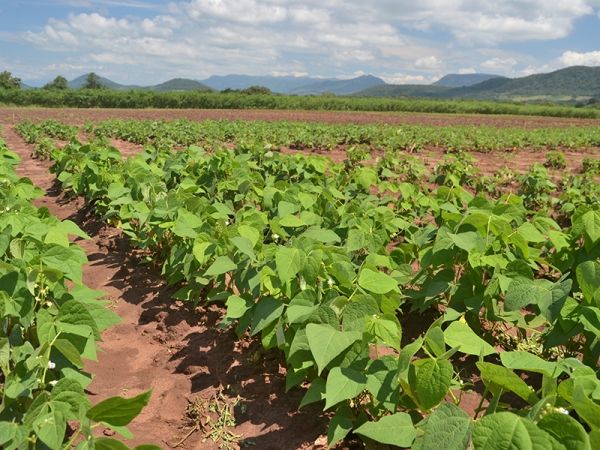Roots play a vital role in crop plants. They take up water and nutrients for the plant and keep it help firmly in the ground. But not all roots are the same.
Different plants have different kinds of roots that help them survive in their environment. Two well-known examples are carrots and cactus. Carrots have a long taproot that penetrates deep into the soil. Cacti usually have shallow roots. These allow them to quickly soak up the little rainfall they receive in the desert.
Can studying roots lead to better crops? It’s a question that researchers from Pennsylvania State University set out to answer, focusing on beans. They know that crops like beans are critical for feeding a rapidly growing population.
“Grain legumes are critical for global food security, but achieve low yields in most areas,” says Jonathan P. Lynch, a professor at Pennsylvania State University. “This is especially true in areas of the developing world that experience drought, heat, and low soil fertility.”
Read more at American Society Of Agronomy
Image: Experiments on common bean were done at the Agricultural Research Institute of Mozambique in Sussundenga, Mozambique. Credit: James Burridge


